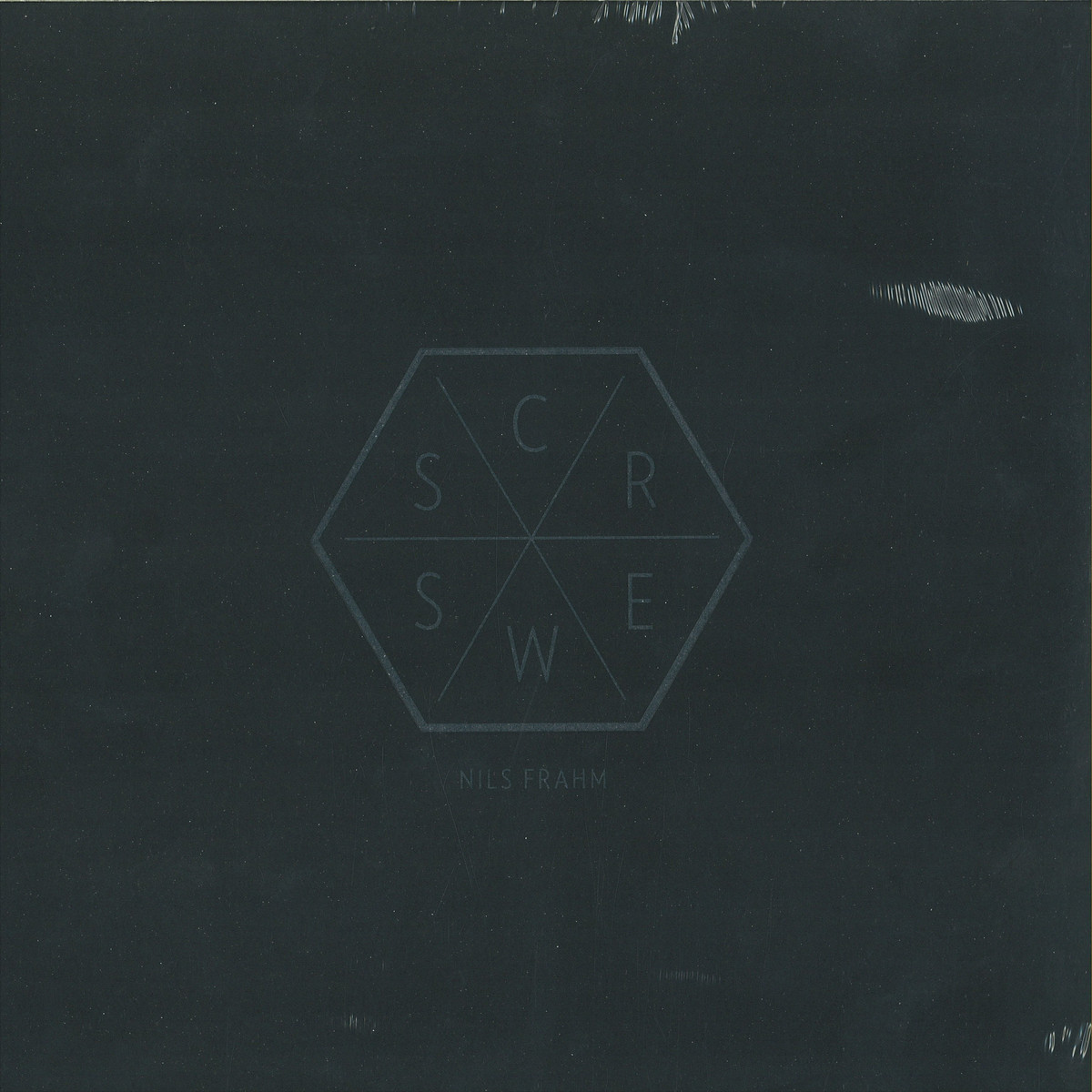
These nine intimate recordings were offered to fans to download for free and in return fans thanked Nils by sending him their audio and visual reinterpretations.įascinated by the results, Nils then publicly asked his fans to submit their reworks or any form of art that was inspired by the release and all these submissions have been collected since on a dedicated website:.

The bottom line is that The Bells tends to be either tedious and pretty or interesting and caustic it often feels unpleasantly satisfied with itself.The 2012 album Screws by Nils Frahm, was the result of inspiration from his fans and friends while he recovered from an unfortunate accident, which saw him fall from his bunk bed located directly above his studio, which resulted in a broken thumb. The icy twinkles of "Dedication, Loyalty" evoke a million similiar songs, and the snowy noodling of "It Was Really, Really Grey" has a nastily biting climax that seems almost spiteful. Some of Broderick's help was less productive: It's neat that he was actually prone on the strings for "Peter Is Dead in the Piano", but the music is muffled and lugubrious. But often, Frahm could use a little more mezzo in his forte. He avoids the fatal flaw of overstated understatement on the lovely "Over There, It's Raining", a lulling tune along the lines of Eluvium's "Radio Ballet". The same is true of "Said and Done", which would be great if Frahm's stinging one-note figure didn't run roughshod over the fluid melody. It's one of the more rewarding songs here, although it can be a bit much. "Make a song that you could imagine me rapping over the top of" produced "My Things", a stubborn vamp with loud, spiky smash-ups evocative of John Adams' "Hallelujah Junction". Broderick gave Frahm cues to guide his playing. The Bells was originally released on Kning Disk, as part of the Broderick-curated Piano Solo series. It is often pretty, but for minimal piano music, this is low-hanging fruit. Whether meandering like Satie or needling like Glass, his impressive playing can't save The Bells from feeling stuffy and vague, outside a few standout pieces.


Frahm answers Broderick's playfulness and Arnalds' solemnity with a rather astringent point of view. Technique is a prerequisite, but style is paramount. And it feels modern: Its hypnotic patterns resonate with electronic music, as its use of common materials to express personal verities does with indie rock. Its blend of austerity and immediacy positions it for crossover success between classical and pop.

It's no wonder that the language of 20th century art music still speaks to young composers.


 0 kommentar(er)
0 kommentar(er)
